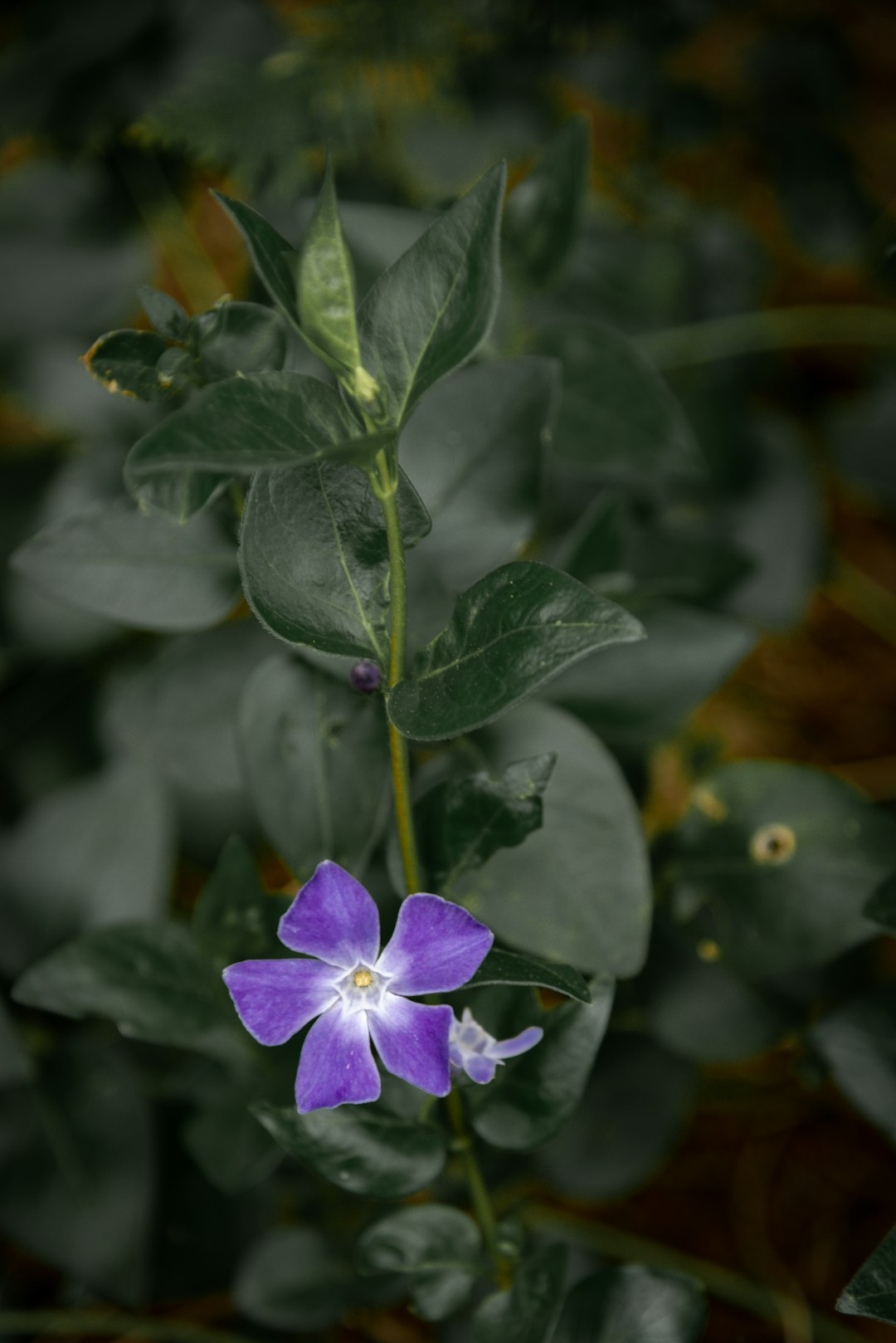The Secret to Stunning Blue Hydrangea Blooms

Hydrangeas are one of the most beloved flowering shrubs, and their large, showy blooms can add a touch of elegance to any garden. Among the various colors of hydrangeas, blue hydrangeas are particularly captivating. However, getting the perfect blue color in hydrangea blooms is not always easy. It largely depends on the pH level of the soil. In this article, we will explore how to adjust the soil pH to ensure you always grow gorgeous blue hydrangea blooms.
First, it's important to understand the relationship between soil pH and hydrangea color. Hydrangeas have the unique ability to change the color of their blooms based on the acidity or alkalinity of the soil. In acidic soil with a pH of around 5.5 or lower, hydrangeas tend to produce blue blooms. On the other hand, in alkaline soil with a pH of 6.5 or higher, the blooms will be pink. At a neutral pH of around 6.0 - 6.5, the blooms may be a combination of blue and pink, or a more purple - like color.
To start, you need to test the soil pH. You can purchase a soil testing kit from a local garden center or nursery. These kits are relatively inexpensive and easy to use. Follow the instructions on the kit carefully to get an accurate reading of your soil's pH. If the pH is too high (alkaline) and you want blue blooms, you'll need to lower it.
One of the most common ways to lower the soil pH is by adding sulfur. Elemental sulfur is a popular choice among gardeners. When sulfur is added to the soil, it reacts with the soil bacteria and oxygen to form sulfuric acid, which gradually lowers the pH. The amount of sulfur you need to add depends on the current pH of your soil and the type of soil you have. For sandy soil, you may need less sulfur compared to clay soil. As a general guideline, for every 0.5 unit decrease in pH, you can add about 1 - 2 pounds of elemental sulfur per 100 square feet of soil. However, it's best to follow the specific recommendations on the sulfur product you purchase.
Another option to acidify the soil is by using aluminum sulfate. Aluminum sulfate not only helps to lower the pH but also provides aluminum ions, which are essential for the development of blue color in hydrangea blooms. When using aluminum sulfate, dissolve it in water according to the package instructions and apply it to the soil around the base of the hydrangea plant. Be careful not to over - apply, as too much aluminum can be toxic to the plant.
In addition to adding soil - acidifying agents, you can also incorporate organic matter into the soil. Organic materials such as peat moss, pine needles, and compost can help to acidify the soil over time. Peat moss is particularly effective as it has a naturally low pH. Spread a layer of peat moss around the base of the hydrangea and work it into the top few inches of soil. Pine needles can also be used as a mulch. As they decompose, they release acids into the soil, gradually lowering the pH.
When it comes to watering your hydrangeas, the type of water you use can also affect the soil pH. If your tap water is alkaline, consider using rainwater or distilled water instead. Rainwater is naturally acidic and can help to maintain a lower soil pH. You can collect rainwater in barrels and use it to water your hydrangeas.
It's important to note that adjusting the soil pH is a gradual process. It may take several months or even a year to see a significant change in the color of your hydrangea blooms. Be patient and continue to monitor the soil pH regularly. You can retest the soil every few months to see if the pH is moving in the right direction.
Proper fertilization is also crucial for healthy hydrangea growth and vibrant blue blooms. Choose a fertilizer that is low in phosphorus and high in potassium. Phosphorus can bind to aluminum in the soil, making it less available to the plant and potentially affecting the blue color of the blooms. Look for fertilizers with a ratio such as 10 - 5 - 10 or 12 - 4 - 8. Apply the fertilizer according to the package instructions, usually in early spring and again in mid - summer.
Pruning is another aspect of hydrangea care that can impact the bloom production. Different types of hydrangeas have different pruning requirements. For bigleaf hydrangeas (the most common type that changes color based on soil pH), it's best to prune them right after they finish blooming. This allows the plant to develop new flower buds for the next season. Avoid pruning in late summer or fall, as this can remove the flower buds that have already formed.
In conclusion, growing gorgeous blue hydrangea blooms requires careful attention to the soil pH. By testing the soil, adding appropriate soil - acidifying agents, incorporating organic matter, using the right type of water, fertilizing properly, and pruning correctly, you can create the ideal conditions for your hydrangeas to produce stunning blue blooms year after year. With a little patience and effort, you'll be rewarded with a garden full of beautiful blue hydrangeas that will be the envy of your neighbors.